
Article by BR Tabatha
Forget diamonds, sunglasses are a girl's best friend. Whether you're hiding from the world, disguising tired or hungovereyes or actually trying to protect your eyes from the sun, the right pair of sunglasses can be just the thing to pull off nonchalant fabulousness.
But of course, there's more to choosing the right pair of sunnies then meets the erm, eye. From price, to levels of protection, to frame and shapes it's a bit of a balacing act finding the right style for your face and your needs.
Purpose.
First designed to make you more comfortable in bright sunlight, sunglasses took on a more critical role with the discovery of the damaging effect of UV rays.
Over exposure to UV rays damages all areas of the eye, from the surface to the internal structure. Cataracts and macular degeneration are linked to UV damage.
Sunglasses also aid the war on ageing by protecting the thin skin around the eyes that is prone to wrinkles.
When do I need to wear sunglasses?
Sunglasses should be worn whenever you find natural light uncomfortable - are you squinting, even slightly? Then put on the sunnies to avoid straining your eyes.
For UV protection sunglasses should be worn (preferably with a wide brimmed hat) when you're in the sun long enough to either tan or burn.
What should I look for in a pair of sunnies?
As with sunscreen the standards and labelling of sunglasses isn't universally required, nor regulated, so it can be confusing. If you work outdoors and need to wear sunglasses for the majority of the day you'll want to go to a specialist for advice.
Firstly, let's clear up the myth that the darker the pair of sunglasses the better. This is not true. As a general rule of thumb, if you can see your eyes in the mirror through your glasses you probably won't stop squinting in bright light; BUT; some clear glass can offer 100% UV protection, so if you don't want or need really dark glasses, you don't have to have them for the sake of UV protection.
The key to UV protection is in coatings on the glass or plastic. Our tip? Go for 100% UV protection - your eyes deserve it!
Other factors.
Wraparounds, although not terrible stylish, do offer more protection as UV light can lessen the overall protection of your sunnies when coming from around the lens.
No matter the pair or cost of glasses check the lens - it should be the same shade all over and there should be no imperfections or unevenness. Hold the glasses at arms length and focus on a straight line, like a window sill or shelf. Move the lens along the line - if the line curves, or bends, the lens isn't perfect.
Polarised lens have no effect on the UV protection, but are great for driving, snowsports or water activities because the cut the glare of reflection from things like water, snow or windows.
Gradients are kind of like bi-focals in that they offer different shades of light from different areas of the glass. Single gradients are darkers at the top, fading down to light, to cut the glare from the sky and allow you to see things clearly below. Double gradients are dark at the top, light in the middle and dark at the bottom. Like polarised lenses these are great for those outdoors activities where you'll experience reflections and glare.
Photochromic is the fancy name for 'transition' lenses - lenses that adjust from dark to light automatically. Perfect if you wear glasses normally and don't want to keep swapping from standard glasses to sunglasses.
Price.
It's a bit of a myth that more expensive sunglasses equals better protection. Like many things in life, price isn't an indication of quality, many lower end sunglasses can be more effective.
The key thing to look out for is UV protection, followed by comfort.
Now that's the sensible things out of the way...what sunglasses will best suit me?!
Heart Shaped Face (Wide forehead, high cheekbones and a pointed chin) - You lucky devil, you can suit lots of frame shapes, including rectangle, round, aviator, square and the ever cool Wayfarer. Avoid frames that are wide or heavy at the top (think 50s style cat eye frames) or embellished frames.
Oval Shaped Face (Narrow forehead, high cheekbones, narrow chin) - Oval shaped faces are considered the most balanced face shape, so it stands to reason that they'll suit pretty much any style of frame. To keep the balance opt for frames that are just a teeny bit wider than the widest part of your face. Avoid oversized glasses.
Square Shaped Face (Wide forehead, broad cheeks, boxy chin) - Square faces have strong lines, notably strong jaw lines. Opting for curves will soften the face, as will opting for lighter colour frames. Huge oversized frames are perfect for the square face. Avoid square, oval or thick rimmed frames.
Round Shaped Face (Wide forehead, round cheeks, rounded, wide jaw and chin) - go for frames that are wider than they are high and don't be afraid to go bold with prints or embellishments. Aviators, cats eyes and wrap arounds will work well on you if you want curves, otherwise stick to rectangles, wayfarers and square frames.
So there's our guide to sunglasses - are you a constant sunglasses wearer, or only when you absolutely have to? Do you pay a premium for your shades or are you a bargain hunter? Get chatting below!




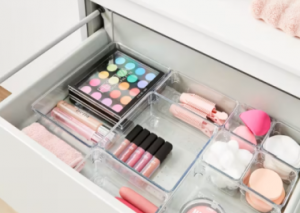

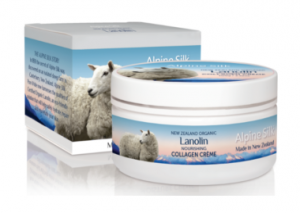
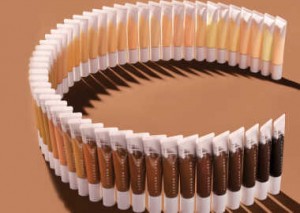
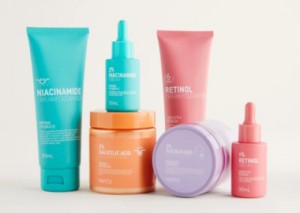

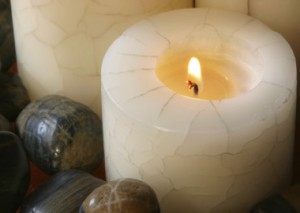

I'd love to wear sunglasses, but I'm a darn glasses wearer, one who refuses to my prescription sunglasses because I'd probably lose them/break them/become so irritated with swapping normal glasses for sunglasses that I'd stop wearing them, and therefore have wasted money. I find contacts really irritate my eyes so they're not an option either. Laser surgery! Once I get through this year with all its saving goals and obligations I can start saving up for laser surgery, and then ... sunglasses come at me!